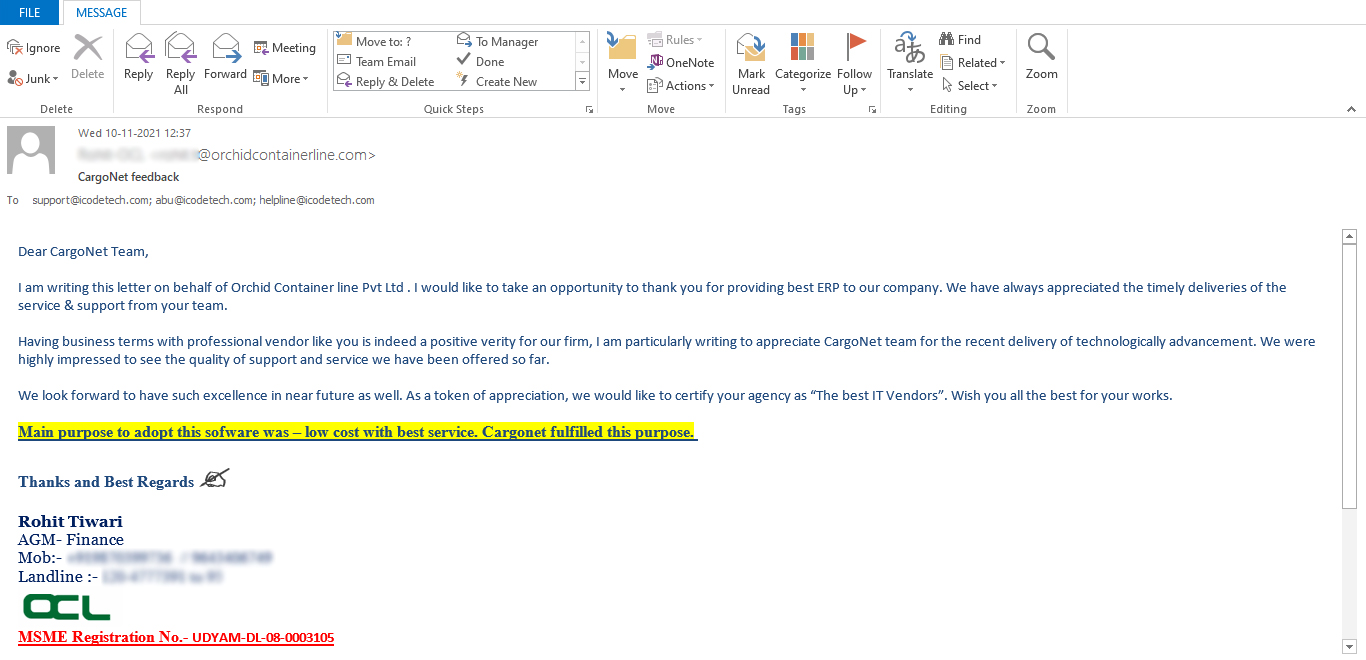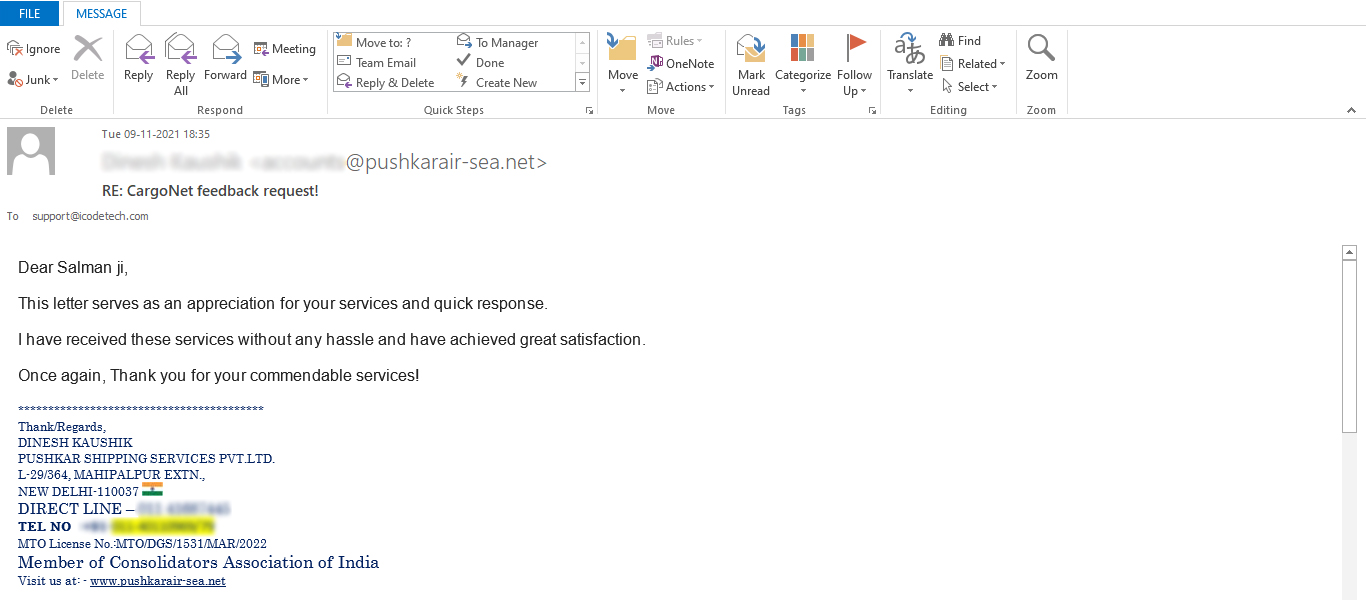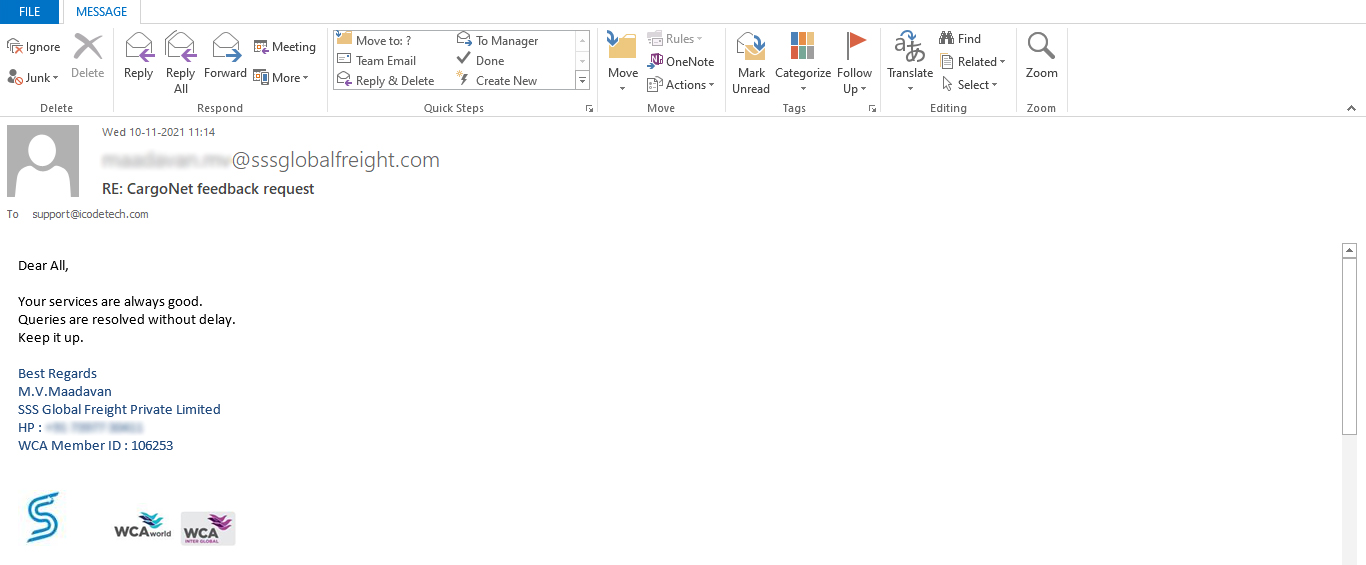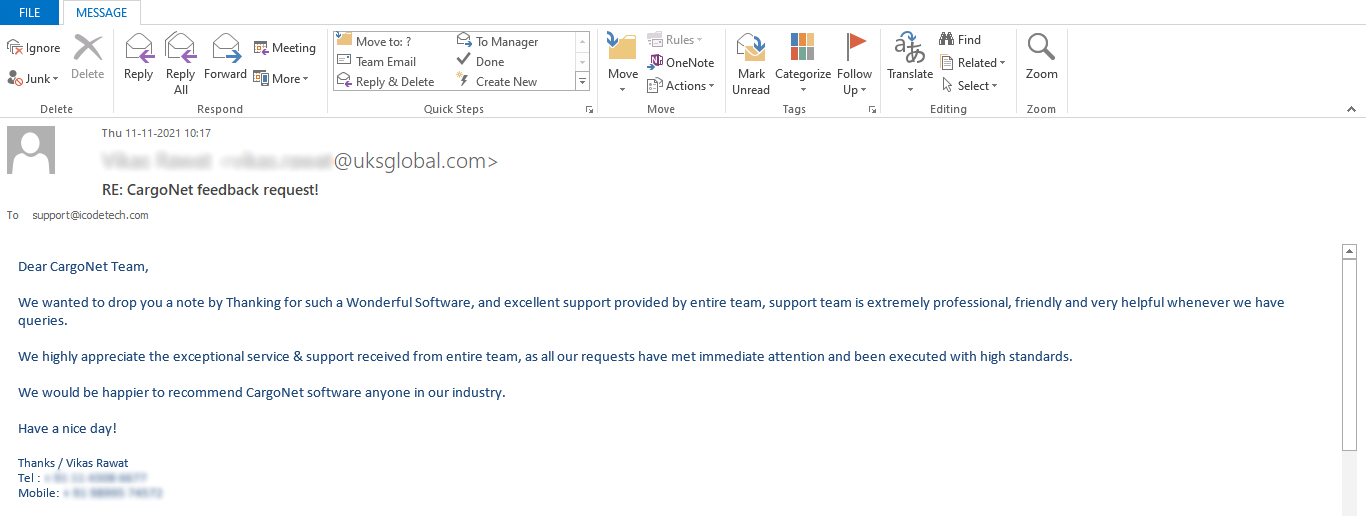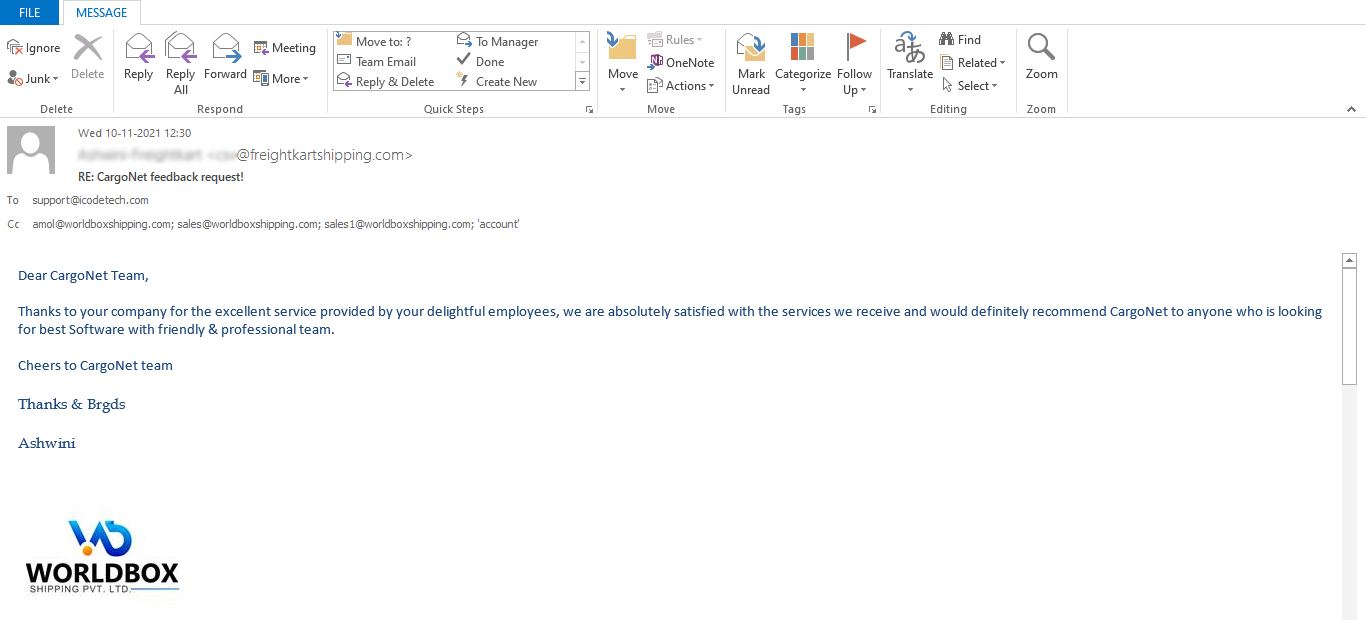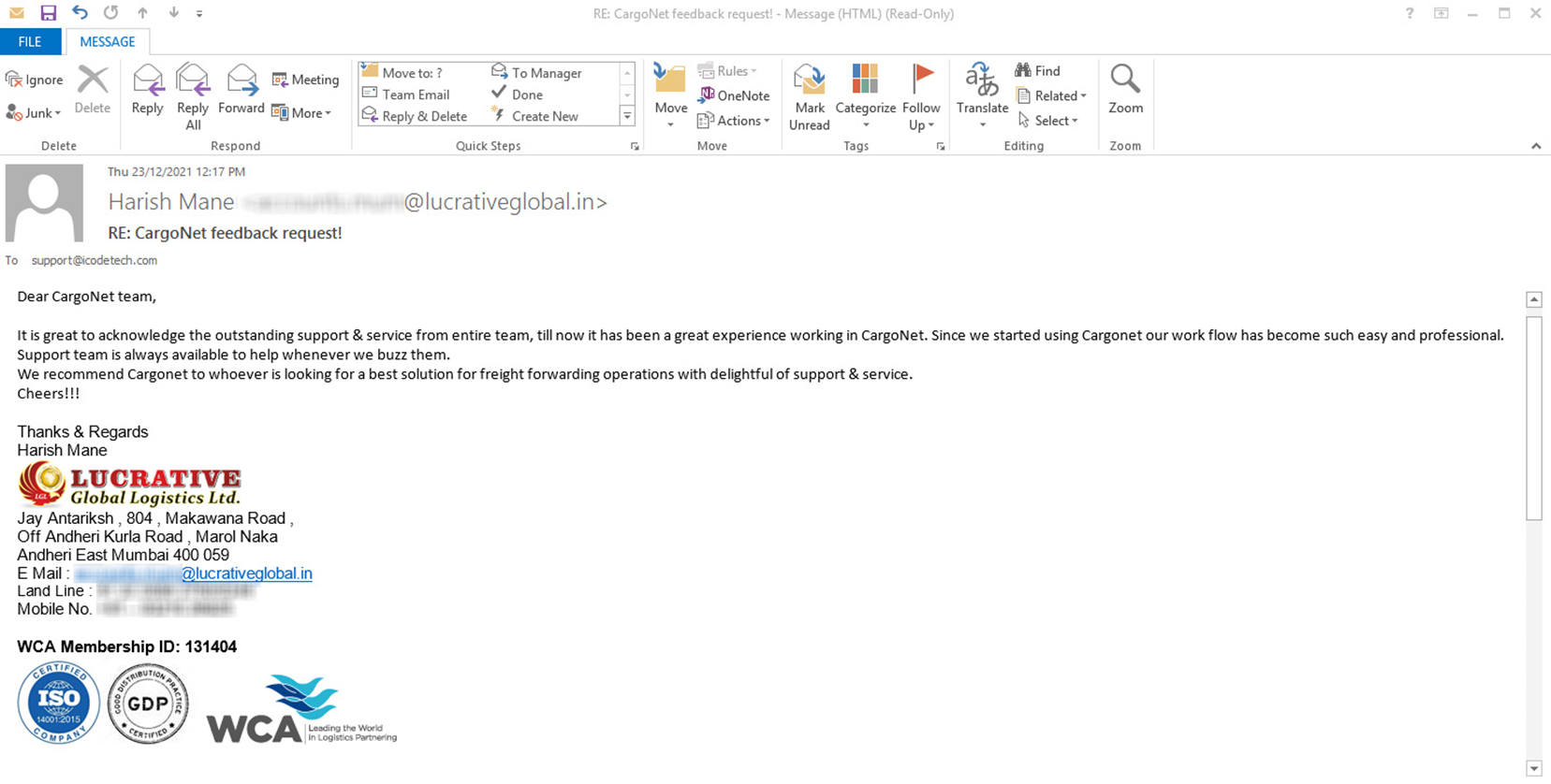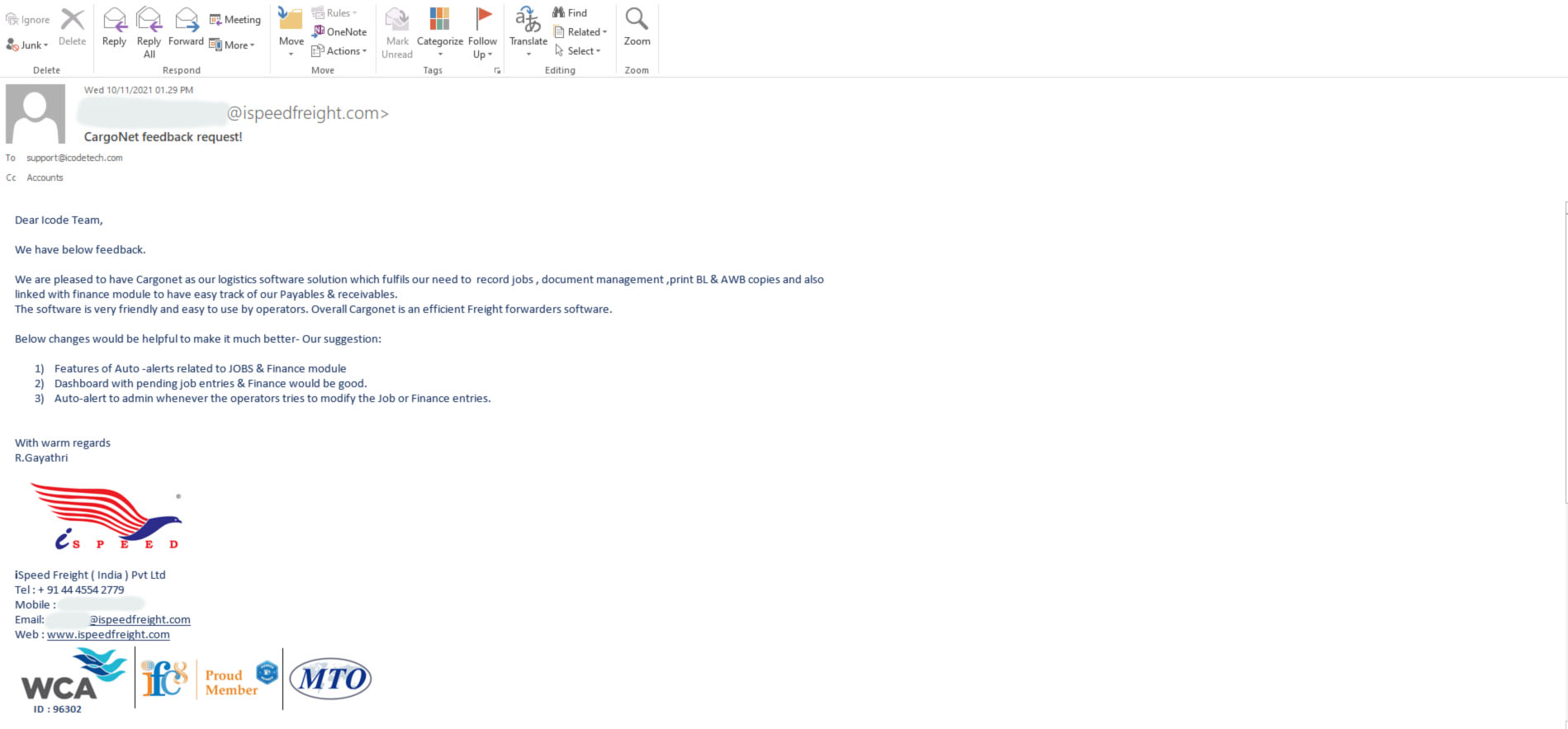Wondering why your container tracking updates are delayed?
The answer often lies in a growing challenge in global logistics: GPS latency.
What Is GPS Latency in Shipping?
GPS latency refers to the delay between a container’s real-time movement and the time its position is updated in your tracking system. While most global carriers aim to update container locations every 6 hours, this is increasingly unreliable due to signal interference, system delays, and geopolitical disruptions.
How Often Are Container Tracking Updates Delayed?
Based on 2025 global logistics data:
- Only 84% of container updates meet the 6-hour standard
- About 1 in 14 containers experience 12+ hour delays
- Areas like the Strait of Hormuz, the Red Sea, and the Black Sea show the highest tracking delays
- In June 2025, during the Iran-Israel conflict, 1,500+ vessels were affected by GPS spoofing and jamming
When updates exceed 6 hours, they cross the tolerance threshold used by most logistics platforms, causing gaps in supply chain visibility.
Why Are GPS Container Updates Delayed?
Several major issues contribute to delayed tracking updates:
1. Electronic Warfare & GPS Spoofing
Military conflicts or strategic disruptions can manipulate or block satellite signals. In 2025, false GPS positions showed ships on land or far off course.
2. Satellite Network Congestion
Global demand for GPS accuracy is increasing. The more systems relying on satellite signals, the greater the chance of signal delays and errors.
3. Carrier System Lag
Some shipping lines experience slow internal processing or delayed updates to freight platforms due to weak data pipelines or outdated system integrations.
What Happens When Updates Exceed the 6-Hour Limit?
When containers are not updated on time, the consequences ripple through the supply chain:
- Missed or incorrect ETAs
- Customs delays and port congestion
- Unexpected demurrage and detention fees
- Disrupted transshipment and delivery coordination
- Loss of customer confidence due to a lack of visibility
How Freight Companies Can Solve the Tracking Delay Problem
Modern logistics teams must go beyond passive GPS tracking. Here’s what you can do:
1. Set Latency Alerts
Trigger warnings when a container hasn’t updated within the expected time window (e.g., 6 hours).
2. Use Predictive ETA Models
Leverage movement patterns, vessel schedules, and traffic conditions to estimate current positions during signal loss.
3. Integrate Multiple Data Sources
Pull location data from carrier platforms, port APIs, and manual checkpoints to fill visibility gaps.
4. Analyze Delay Trends
Use dashboards to track delay frequency, high-risk routes, and carrier reliability over time.
Build Resilience into Your Freight Operations
Global shipping is more unpredictable than ever, affected by everything from satellite disruptions to geopolitical instability.
Your freight systems need to be:
- Latency-aware and adaptable
- Connected to diversified data sources
- Engineered for real-time exception handling
Improve Your Container Visibility with CargoNet
CargoNet helps logistics teams address GPS tracking gaps with:
- Latency detection and alert systems
- Real-time exception dashboards
- Route-specific ETA forecasting
- Centralized tracking powered by carrier and port data
Experiencing tracking delays in your logistics flow?
Start your upgrade to smarter container tracking with CargoNet




